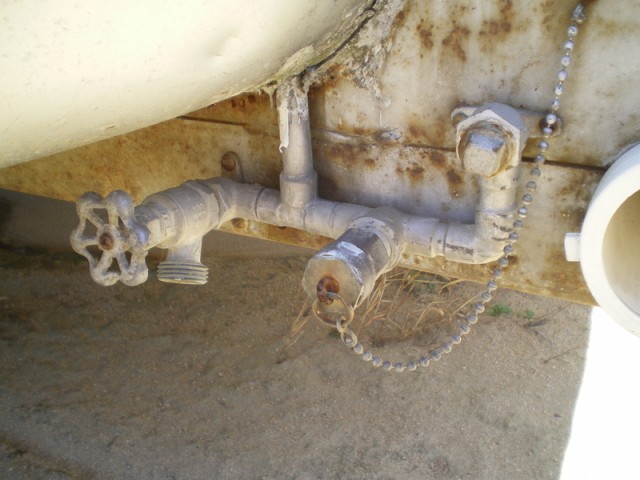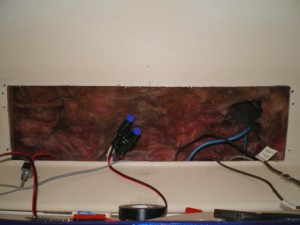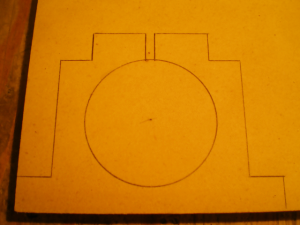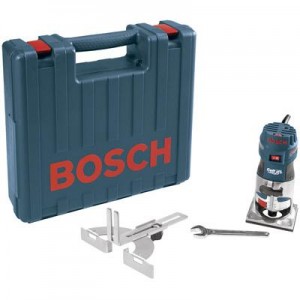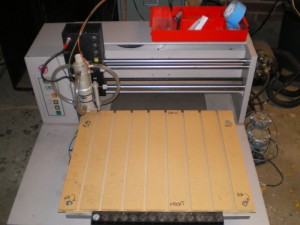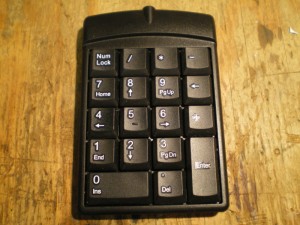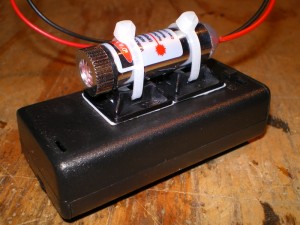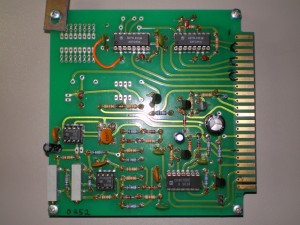We went to visit our friend down in South Georgia. He has an older Airstream like ours parked in his yard. I was checking it out and noticed this interesting modification on the back. The people who owned it before he did were big into the rally circuit and must of done this, unless it was factory? After some research I found it to be called a rally water distribution system, good for chaining hoses along from trailer to trailer so that everyone has water at the rally.
